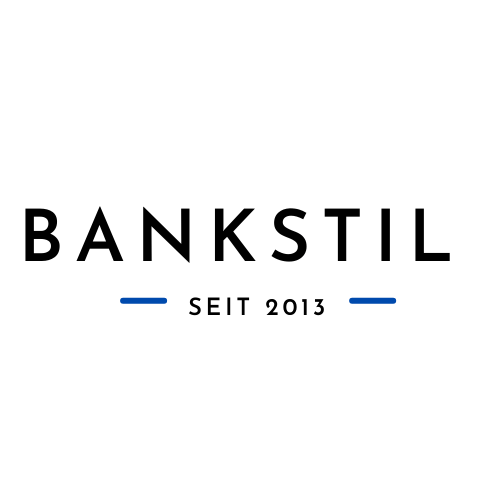In this paper, we investigate whether mixing cryptocurrencies to a German investor portfolio improves portfolio diversification. We analyse this research question by applying a (mean variance) portfolio analysis using a toolbox consisting of (i) the comparison of descriptive statistics, (ii) graphical methods and (iii) econometric spanning tests. In contrast to most of the former studies we use a (broad) customized, Equally-Weighted Cryptocurrency Index (EWCI) to capture the average development of a whole ex ante defined cryptocurrency universe and to mitigate possible survivorship biases in the data. According to Glas/Poddig (2018), this bias could have led to misleading results in some already existing studies. We find that cryptocurrencies can improve portfolio diversification in a few of the analyzed windows from our dataset (consisting of weekly observations from 2014-01-01 to 2019-05-31). However, we cannot confirm this pattern as the normal case. By including cryptocurrencies in their portfolios, investors predominantly cannot reach a significantly higher efficient frontier. These results also hold, if the non-normality of cryptocurrency returns is considered. Moreover, we control for changes of the results, if transaction costs/illiquidities on the cryptocurrency market are additionally considered
